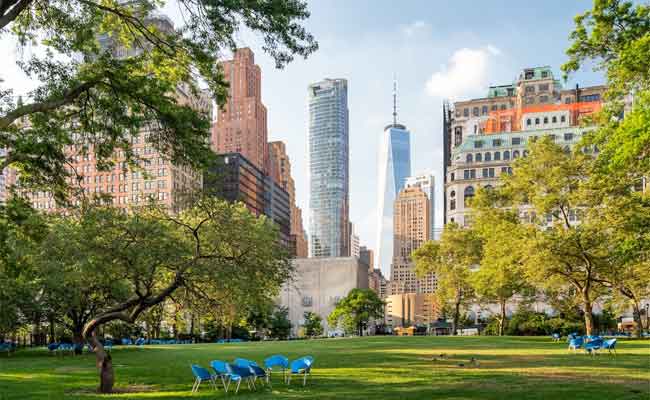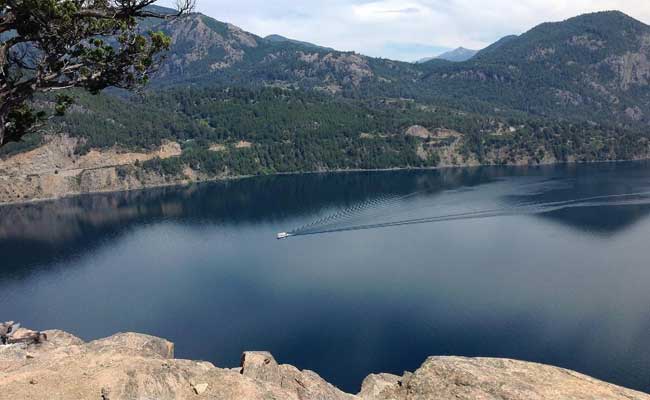Introduction:
In recent years, the rapid urbanization of cities has led to the expansion of concrete jungles, resulting in the loss of natural habitats and greenery. However, the importance of urban green spaces cannot be overstated. These pockets of nature within cities not only enhance the quality of life for urban dwellers but also play a crucial role in promoting biodiversity. In this article, we will explore the various benefits of urban green spaces and how they contribute to improving our well-being and the ecological balance within urban environments.
A Breath of Fresh Air
One of the most significant advantages of urban green spaces is the improved air quality they offer. Trees and plants act as natural air purifiers, filtering harmful pollutants and releasing fresh oxygen. By absorbing carbon dioxide and other harmful gases, urban green spaces help mitigate the impact of pollution in heavily populated areas. The presence of these green lungs within cities promotes cleaner air, reducing the risk of respiratory illnesses and enhancing overall health and well-being.
Mental Well-being and Stress Reduction
Living in a concrete-dominated environment can have negative effects on our mental health. However, studies have shown that spending time in urban green spaces can significantly improve our psychological well-being. These spaces provide a tranquil escape from the hustle and bustle of city life, offering a sense of calm and relaxation. Engaging with nature has been proven to reduce stress levels, alleviate symptoms of anxiety and depression, and boost overall mood. Whether it’s a stroll through a park, tending to a community garden, or simply sitting under a tree, urban green spaces provide a sanctuary for mental rejuvenation.
Physical Health and Recreation
Urban green spaces also play a vital role in promoting physical health and encouraging an active lifestyle. Parks and recreational areas provide opportunities for exercise, such as jogging, cycling, or playing sports. Regular physical activity not only improves cardiovascular fitness but also helps prevent chronic diseases like obesity, diabetes, and hypertension. Moreover, the availability of green spaces encourages social interaction and community engagement, fostering a sense of belonging and cohesion among residents.
Enhancing Biodiversity
While cities are often associated with concrete and steel, urban green spaces act as crucial havens for biodiversity. These pockets of nature provide habitats for a variety of plant and animal species, including birds, insects, and small mammals. By preserving and creating green spaces within urban areas, we can help support and protect local ecosystems. The presence of diverse flora attracts pollinators, which are vital for the reproduction of plants and the maintenance of ecological balance. Moreover, urban green spaces can serve as stepping stones for wildlife movement, promoting genetic diversity and preventing isolation of species.
Temperature Regulation and Energy Efficiency
Cities often face the issue of the “urban heat island” effect, where concrete and asphalt absorb and retain heat, leading to higher temperatures. Urban green spaces mitigate this effect by providing shade, reducing surface temperatures, and improving thermal comfort. Trees and vegetation act as natural air conditioners, creating a cooling effect through evapotranspiration. Additionally, urban green spaces contribute to energy efficiency by reducing the need for air conditioning during hot summer months, resulting in lower energy consumption and greenhouse gas emissions.
Conclusion:
Urban green spaces are invaluable assets for cities, enhancing the quality of life for residents while promoting biodiversity and ecological sustainability. These green oases not only provide cleaner air, stress reduction, and physical well-being but also serve as vital habitats for a diverse range of species. As cities continue to grow and evolve, it is essential to prioritize the creation and preservation of urban green spaces, ensuring a harmonious balance between urban development and the natural world.
![]()





